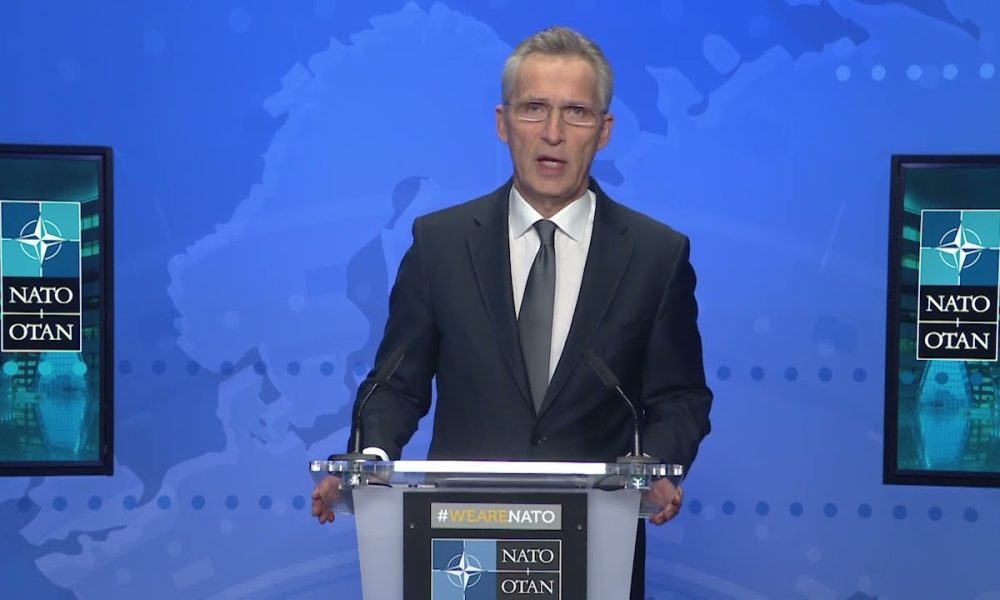This evening (26 January), NATO Secretary General Jens Stoltenberg announced that NATO had submitted a written proposal to Russia in parallel to the United States. The statement is a further effort to resolve tensions through dialogue and diplomacy rather than through the threat of force.
With the build-up of more than 100,000 troops in and around Ukraine and significant deployments of troops in Belarus, Stoltenberg said that Euro-Atlantic security found itself at a critical moment. He presented the proposal which has three main areas: diplomacy, the fundamental principles of European security and arms control.
On the diplomatic track, NATO wants to re-establish respective offices in Moscow and Brussels, make full use of existing military to military channels of communications to promote transparency and reduce risks and look also into setting up a civilian hotline for emergencies.
Secondly, NATO outlines its willingness to listen to Russia’s concerns, but is adamant that each nation should be able to establish its own security arrangements. NATO calls on Russia to withdraw its forces from Ukraine, Georgia and Moldova, as well as engaging constructively in the Normandy format.
Finally, NATO is calling for engagement on greater risk reduction transparency and arms control, including modernizing the Vienna Document on military transparency, and work to reduce space and cyber threats, as well as recommitting to international commitments on chemical and biological weapons. Nuclear weapons and ground based intermediate and short range missiles, should also be discussed. NATO is co-ordinating its efforts with Ukraine, as well as with all the NATO partners, including Finland, Sweden, Georgia, and the European Union.
“NATO is a defensive alliance, and we do not seek confrontation,” said Stoltenberg. “But we cannot and will not compromise on the principles on which the security of our alliances and security in Europe and North America rest.”
Share this article:


























